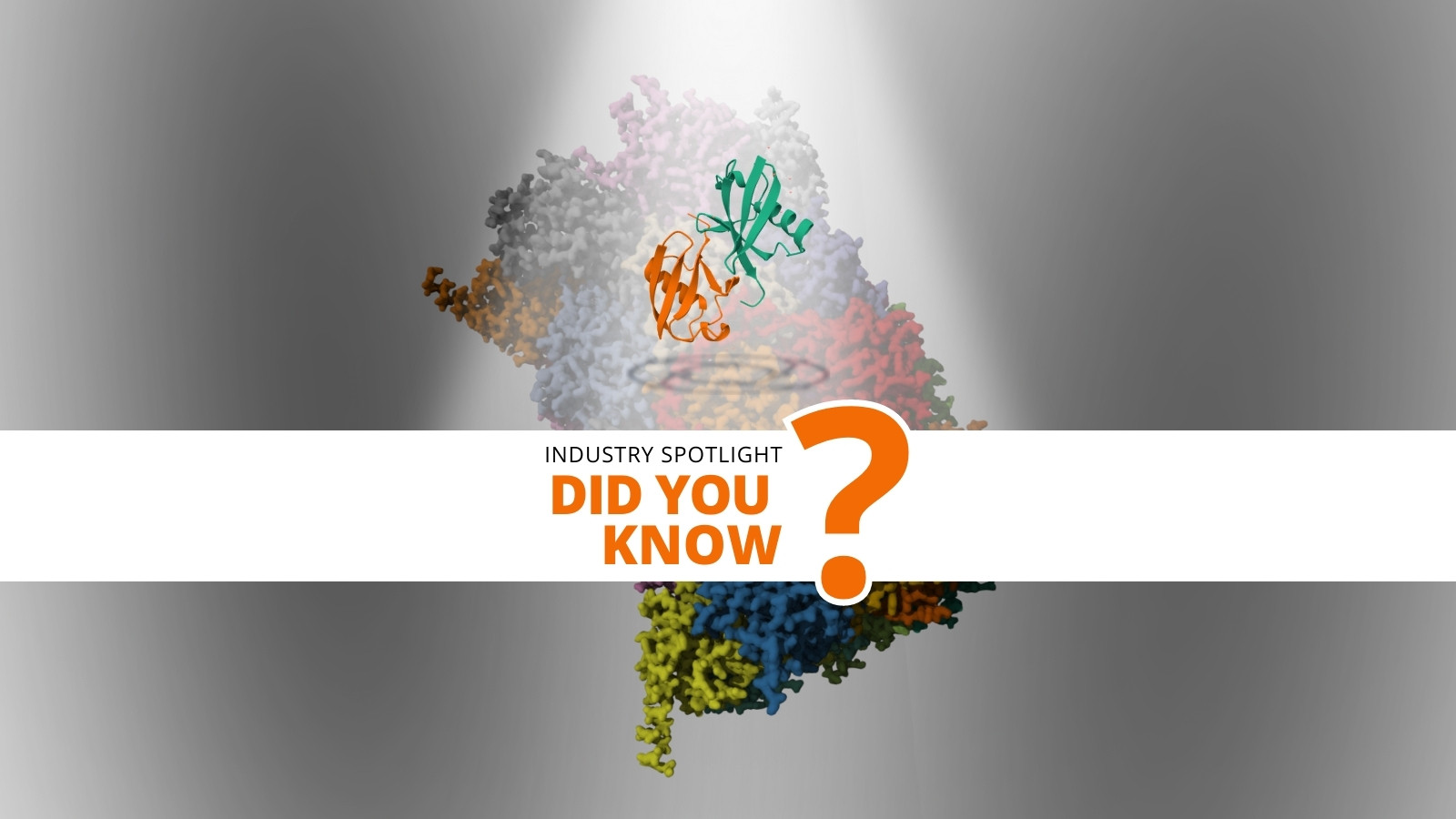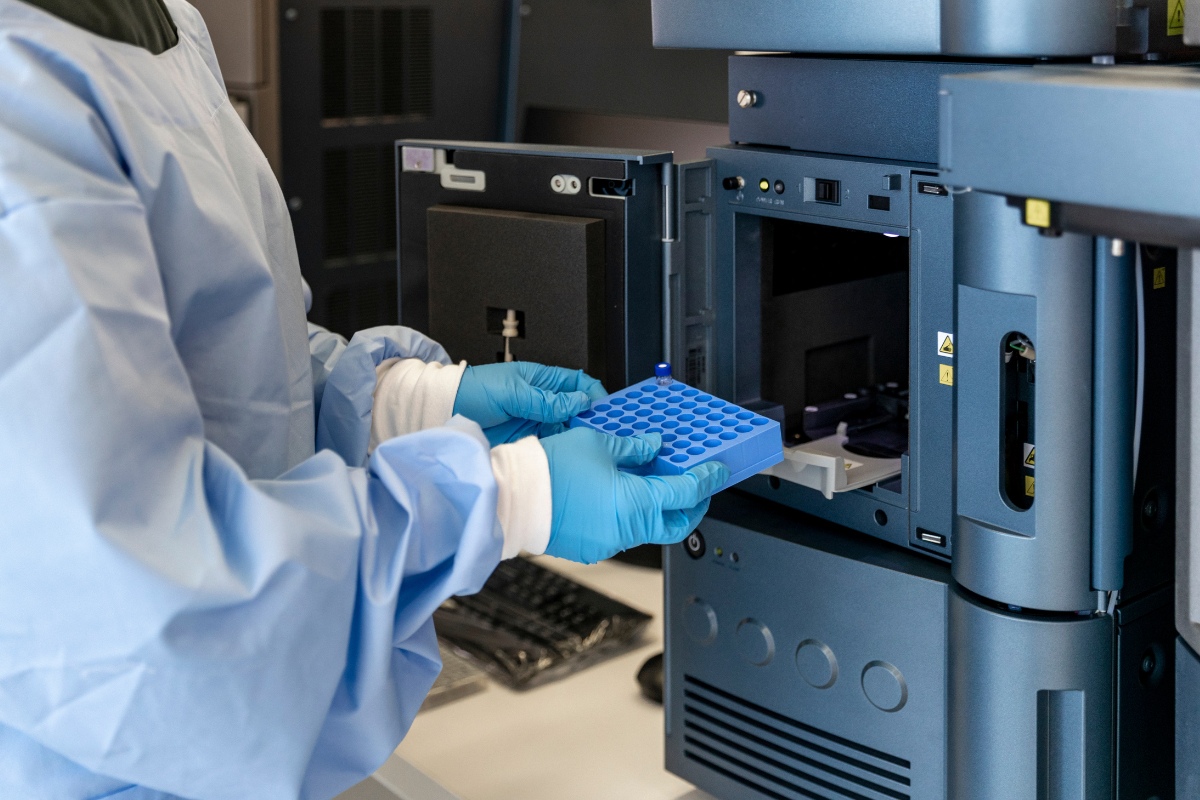Drugging the Undruggable: Targeted Protein Degradation

For decades, the go-to drug development lifecycle consisted of finding and ‘drugging’ a target, modulating its pathway in a desired way using a small molecule. But recently, a new modality has been intriguing scientists that could drug proteins that are not amenable to traditional small molecule approaches.
This modality – targeted protein degradation (TPD) – promises to hijack the body’s own protein recycling mechanisms and degrade unwanted proteins for therapeutic effect. The upshots of TPD include the fact that one degrader is able to degrade many copies of a target protein. Furthermore, degraders only need to bind to the target rather than needing to ‘drug’ it, which has been described as ‘drugging the undruggable.’ Finally, protein degraders are able to destroy the target protein forever rather than temporarily inhibiting it.
RELATED:
- Interview with Yusuke Tominari, Co founder and CEO of Fimecs
- Interview with Felix Hausch, Professor for Structure Based Drug Research at TU Darmstadt
Targeted protein degradation takes advantage of the ubiquitin-proteasome system (UPS), which is the body’s cellular mechanism that degrades misfolded or damaged proteins. Some proteins never fold properly due to mistakes in transcription, translation, or RNA splicing. These misfolded proteins have exposed hydrophobic regions which, when misfolded proteins accumulate, form problematic aggregates.
Cells can distinguish normal and abnormal proteins and degrade the damaged or unneeded ones. It is the job of the protein-degrading complex, the proteosome, to break up these misfolded proteins. A critical step in proteins’ proteolysis is their ubiquitination, where they are ‘tagged’ by a small protein called ubiquitin. This involves three peptides: E1, E2, and E3 ligases, which conjugate ubiquitin onto the undesirable protein. Multiple copies of ubiquitin can be conjugated on top of each other to form a chain which has an affinity for the proteosome that will break the protein into short polypeptides.
Hijacking this natural process to targeted proteins was a concept first explored in the late 90s – a patent filed in 1999 shows a concept that brings proteins into close proximity with the ubiquitination system for degradation. In 2004, the discovery of ubiquitin-mediated protein degradation earned the Nobel prize for Aaron Ciechanover, Avram Hershko and Irwin Rose.
This has led in recent years to the concept of a PROteolysis TArgeting Chimera (PROTAC), a molecule that can recruit specific proteins to E3 ligase for ubiquitination and degradation. Thus began the search for small molecule E3 ligase binders: Early leads in the early 2010s included the drug thalidomide, infamous in its early usage but showing potential for the recruitment of E3 ligases.
RELATED:
Since 2015, the field has exploded. Now pVHL and CRBN are popular preclinical targets from E3 ligases but there are thousands more that have yet to be tested. Challenges with developing PROTACs fit for the clinic include more predictable in vivo profiling, the ubiquity of broad patent claims, and overcoming resistance mechanisms. Although there is currently no FDA approved PROTAC, researchers are optimistic about the efficacy of this fledgeling modality.
Get your weekly dose of industry news?here?and keep up to date with the latest?‘Industry Spotlight’ posts.?For other Discovery content, please visit the?Discovery Content Portal.





.png)

